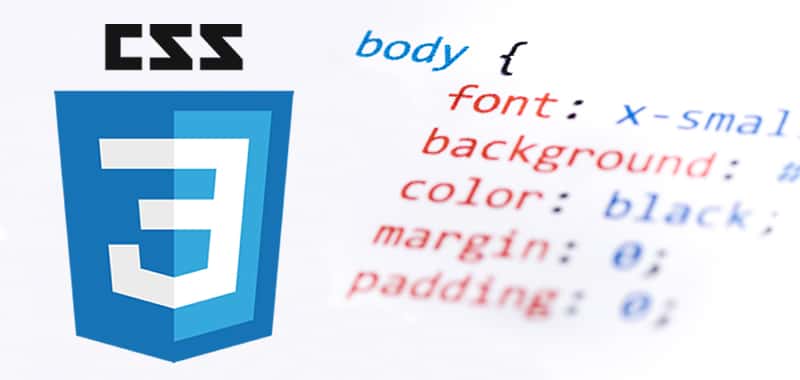CSS Measurements
 Reagan Mwangi
Reagan Mwangi
CSS measurements play a fundamental role in web design, allowing developers to control the size, spacing, and layout of elements. These measurements can be absolute (fixed) or relative (dynamic) and affect how elements appear across different devices and screen sizes. Let's dive deeper into the different types of CSS measurements and their uses.
Absolute Units
Absolute units have fixed values and are not influenced by external factors like screen size or resolution. They’re generally used when you need precise control over element size or when creating print-style layouts.
px(Pixels): Pixels represent a fixed point on the screen. Because they are absolute, they are widely used for precise measurements layouts, and design. A pixel's actual physical size can vary depending on the screen's resolution and device type, but within context, a pixel is a consistent unit.
pt(points): Often used in print, where one point is 1/72 of an inch. It is less common in web design but might be used for text size when simulating a printed document.
cm(Centimeters),mm(Milimeters),in(inches):These are standard units of length.They are more common in print-oriented CSS such as when creating PDFs or setting print media styles. Using these units for screen-based content is less common due to variations in screen size and resolution.
pc(Picas): This is another print-related unit with one pica equalling 12 points. It is rarely used in web design but might be found in specialized cases like topography-based projects.
Relative Units
Relative units allow for more responsive and adaptable design because their size can change based on contextual factors like the parent elements' size or the viewport.
em: This unit is relative to the font size of the parent element. For example, if a parent has a font size of 16px then 1em is also 16px. However, if you nest elements with different font sizes,” em” values can cascade potentially leading to unexpected results.
rem(root em): This unit is relative to the font size of the root element (usually the <html> element). It provides a more stable scaling approach compared to “em” because it references a consistent source.
%(percentage): This unit is relative to the size of its parent element. If you set a child's element width to 50%.it will take up half of its parent's element width. This makes the percentage valuable for responsive design.
vw(Viewport Width) and vh(viewport height): These units represent a percentage of the viewport’s width or height.
Vmin and vmax: These units are relative to the smaller and larger dimensions of the viewport, respectively they can be useful for ensuring elements maintain consistent proportions as the viewport size changes.
Angular Units
Angular units are used for specifying angles often in CSS transformations or animations.
deg(Degrees); This is the most commonly used angular unit. It represents a portion of a full circle, with 360 degrees making a complete rotation.
rad(Radians): This unit measures angles in radians where 2n radians is equivalent to a complete circle.
grad(Gradians): This is another way to measure angles with 400 gradians making a full circle.
turn: A complete rotation is a turn equivalent to 360 degrees.
Time Units
Time units are used to define the duration of transition, animation, or other time-based effects.
s(Seconds): This is the standard unit for measuring time in seconds.
ms(Milliseconds): This represents one-thousandth of a second. It’s commonly used for more precise timing in animation or transitions.
Frequency Units
These units define frequencies, typically in sound-related contexts or complex animations.
Hz(Hertz): This is a measure of cycles per second.
kHz(Kilohertz): This represents a thousand cycles per second
Resolution Units
These units are used to measure the resolution of output devices or screens.
dpi(Dots per inch): This is the number of dots per inch, typically used for print media
dpcm(Dots per Centimeter): This measures the resolution in terms of dots per centimeter
dppx(Dots per Pixel): This represents the pixel density, with 1dppx being one dot per CSS pixel. It’s useful for adapting to devices with different screen resolutions.
Conclusion
Understanding CSS measurement units is essential for creating adaptable, responsive, and visually consistent web designs. Knowing where and when to use each unit is the key to mastering CSS design
Subscribe to my newsletter
Read articles from Reagan Mwangi directly inside your inbox. Subscribe to the newsletter, and don't miss out.
Written by
